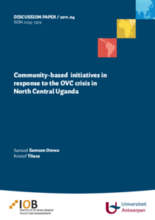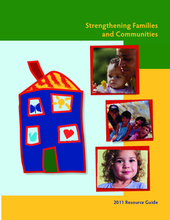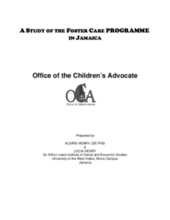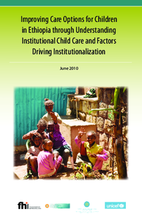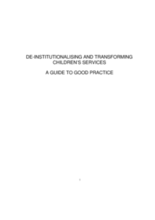Displaying 181 - 190 of 302
This paper shows how OVC community responses in Northern Uganda are under severe pressure from a range of factors; but how these community initiatives are not collapsing – as the ‘social rupture’ thesis predicts.
The first ever World report on disability, produced jointly by WHO and the World Bank, suggests that more than a billion people in the world today experience disability. This report provides the best available evidence about what works to overcome barriers to health care, rehabilitation, education, employment, and support services, and to create the environments which will enable people with disabilities to flourish. The report ends with a concrete set of recommended actions for governments and their partners.
Resource guide developed to support service providers in their work with parents, caregivers, and children to prevent child abuse and neglect
This manual offers a training session targeted at policy makers, professionals and paraprofessionals who are already working on programs to support children without appropriate care, or who may begin work in this area. This workshop focuses on children in developing contexts, who require support within their families and those who need an alternative care placement.
Findings of a study aimed to determine the effectiveness and the efficiency of the Foster Care Programme, assess the treatment of children in Foster Care, assess the adherence to child rights in the provision of Foster Care, provide policy direction for the enhancement of the Programme.
This report examines the impacts of HIV on the care choices of children, exploring how HIV affects whether or not children can remain within parental care, and on the alternative care options open to them.
Findings and recommendations of the first national study of its kind in Ethiopia to study child care institutions, institutionalized children, and factors driving institutionalization.
This article explores how established faith-based organizations that work with children affected by HIV/AIDS address the Convention on the Rights of the Child and the Millennium Development Goals in their service practices and what challenges they face.
Manual aims to develop awareness, reinforce knowledge, and assist those designing, implementing, or managing programs for children and youth affected by poverty, HIV and AIDS, and other diseases.
Comprehensive manual on the theory and process of deinstitutionalization based on the experiences of childcare professionals across the European region.

